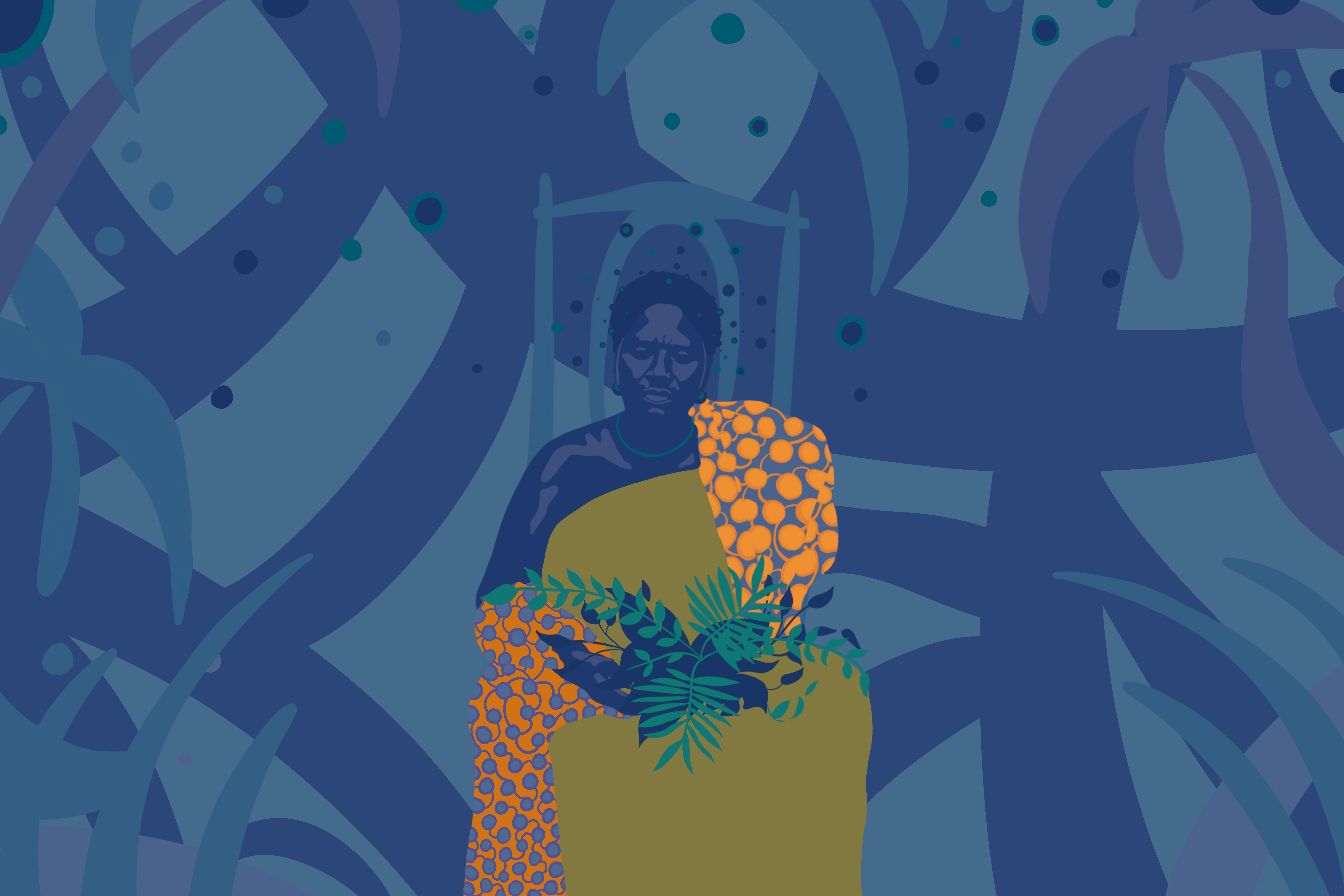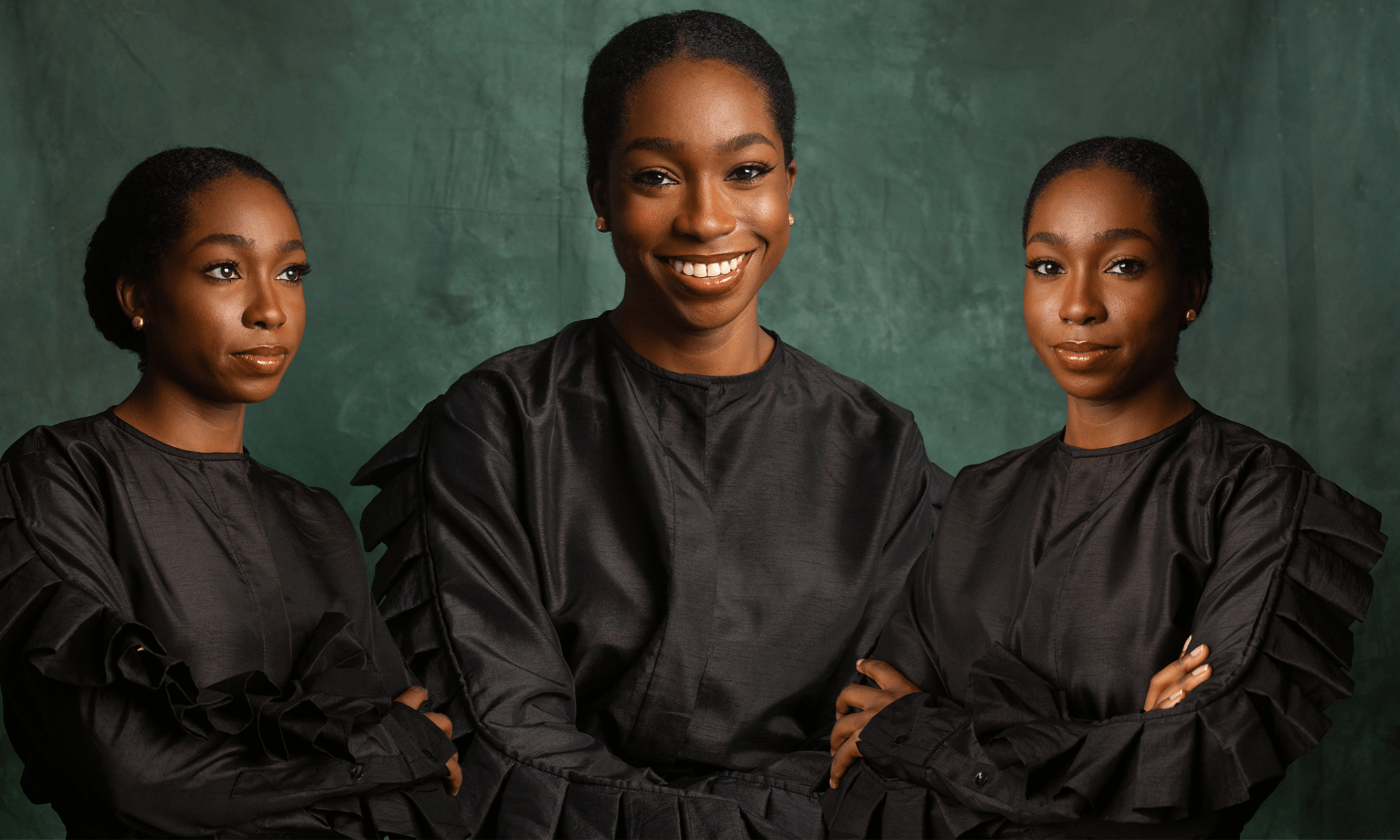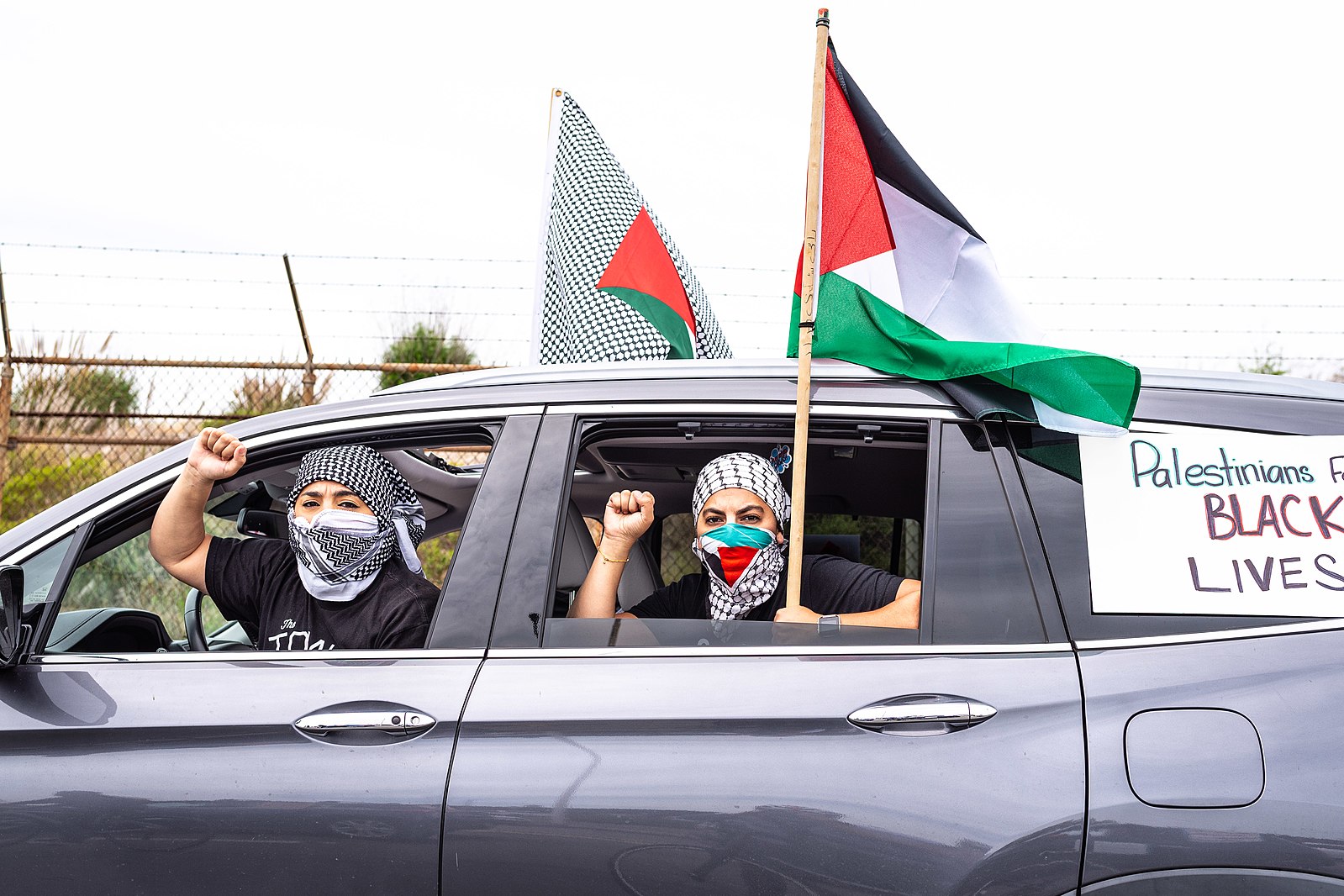
This little-known Women’s Riot ignited the struggle for Nigerian independence
Wase Aguele
17 Oct 2019
Illustration by Zoe Alakija
It’s no secret that women have always played a central role in the struggle for justice – Winnie Mandela, Qui Jin and Harriet Tubman are just a few. As always, in comparison to the men who are their counterparts, the achievements and contributions of these women largely go unsung. They are not lauded with the same recognition; their faces are not plastered across t-shirts sold in high street stores and they are rarely given due credit for their influence in shaping the world as we know it today. It’s no surprise then that Nigeria’s Women’s War, which raged from November to December 1929 and deeply threatened British colonial rule in the country, is a protest many of us have never even heard of.
Aside from the lack of recognition of women’s contributions, countries with colonial pasts such as Britain do a good job of skirting around the less glorious parts of their history: the things they failed at, and the sticky bits they got massively wrong. It’s even harder for them to admit to defeats, especially when they happen in the face of powerful resistance from women, as did the Women’s War.
“It’s been 90 years since thousands of women across the eastern region of Nigeria banded together to protest Britain’s unfair imposition of taxes”
It’s been 90 years since thousands of women across the eastern region of Nigeria banded together to protest Britain’s unfair imposition of taxes. At the time, under British colonial rule, many women were traders working in markets and financially contributing to their households. Men had been forced to start paying taxes to the colonial administrators in the previous year, and many women found themselves having to help their husbands to meet the payments.
In 1929, in an attempt to evaluate the taxable wealth of the people in Aba, the British called a census, which would also include women, and allocated warrant chiefs to carry it out. An elderly woman called Nwanyeruwa, who went on to lead the Women’s War, refused to be counted in the census and confronted the warrant chief who had come to her house to do so, making it clear that she and other women were not to be taxed. She went on to share the story with other women, confirming the rumours about the impending taxation. This was the spark that ignited their struggle.
“One protest method was the brilliantly-named ‘sitting on a man’ approach, which consisted of surrounding the houses of warrant chiefs and publicly shaming them through song and dance”
Palm leaves, signifying a cry for help, were sent to neighbouring areas, and soon support was gathered from thousands of women in neighbouring regions, totalling at almost ten thousand. Across multiple languages and ethnic groups, these women banded together and employed a number of peaceful protest tactics. One method was the brilliantly-named “sitting on a man” approach, which consisted of surrounding the houses of warrant chiefs, mocking them, and publicly shaming them through song and dance.
However, the war went much beyond this, although it’s unclear to what extent. Some sources say the women destroyed the native courts, set prisoners free from local jails, and cut the telegraph wires to ensure their demands were heard, whilst others make little mention of this. What most sources do mention is that the British opened fire on two occasions, killing at least 50 women.
Amanda Kirby Okoye, an image historian working in London, tells me that her grandmother, who was a young child at the time, vividly remembers the war. “I remember [my grandmother] speaking about how violent it turned out to be, although this wasn’t on the women’s part. She often talked about people dying, and some never even coming back,” Amanda tells me. “These women weren’t just taking themselves out on the street to fight for what they believed in; they were taking their children along with them too.”
“The women’s struggle stood as a solid threat to local colonial administrations and therefore British colonial rule”
Despite the lives lost, the Women’s War turned out to be successful. The taxes weren’t imposed and most importantly the women’s struggle stood as a solid threat to local colonial administrations and therefore British colonial rule. It set the foundation for Nigeria’s anti-colonial struggle and independence, which happened in 1960, just over 30 years after the women’s war.
I learnt about the Women’s War by accident while researching another project. Reading about this revolutionary, untold moment in history for the first time was exhilarating but uncomfortable. I had so many questions and no answers: Why hadn’t I been taught about it in school? Why wasn’t it portrayed anywhere in the media? I’d spent most of my life without knowledge and understanding of the Women’s War, an event that was influential in shaping the lives of so many women who had come before me.
Ngozi Iwere, a prominent activist who led radical student’s movement in Nigeria in the 1980s, explained to me why I may not have heard about the Women’s War earlier: “Oppressors know that history gives people a sense of identity: when people know where they are coming from, they instantly know where they ought to be. If you deny the people the right to know their history, you disempower them.” She continued, “They taught us that [Scottish colonial geographer] Mungo Park discovered the Naija river, when people had always been there.”
Reading for the first time about Nigerian women who so boldly fought for what they believed in was an emotional, awakening experience. Knowing that I, and so many other Nigerian women, have a history that is shaped by thousands of fearless women is only the starting point. As Ngozi Iwere reminds me, “We have to write our history and tell these stories for ourselves.” I couldn’t agree with her more.









